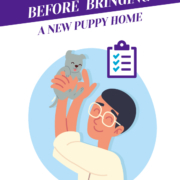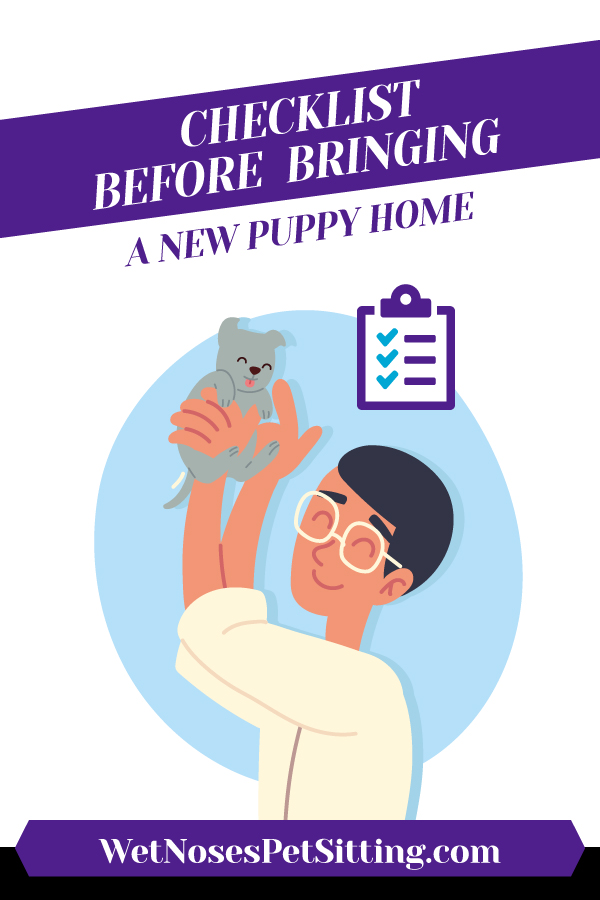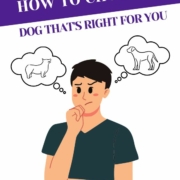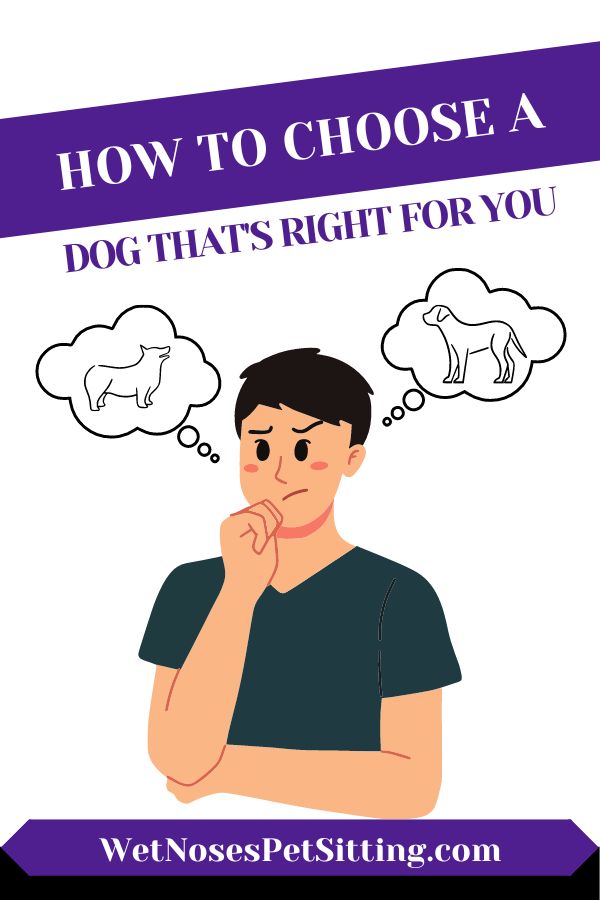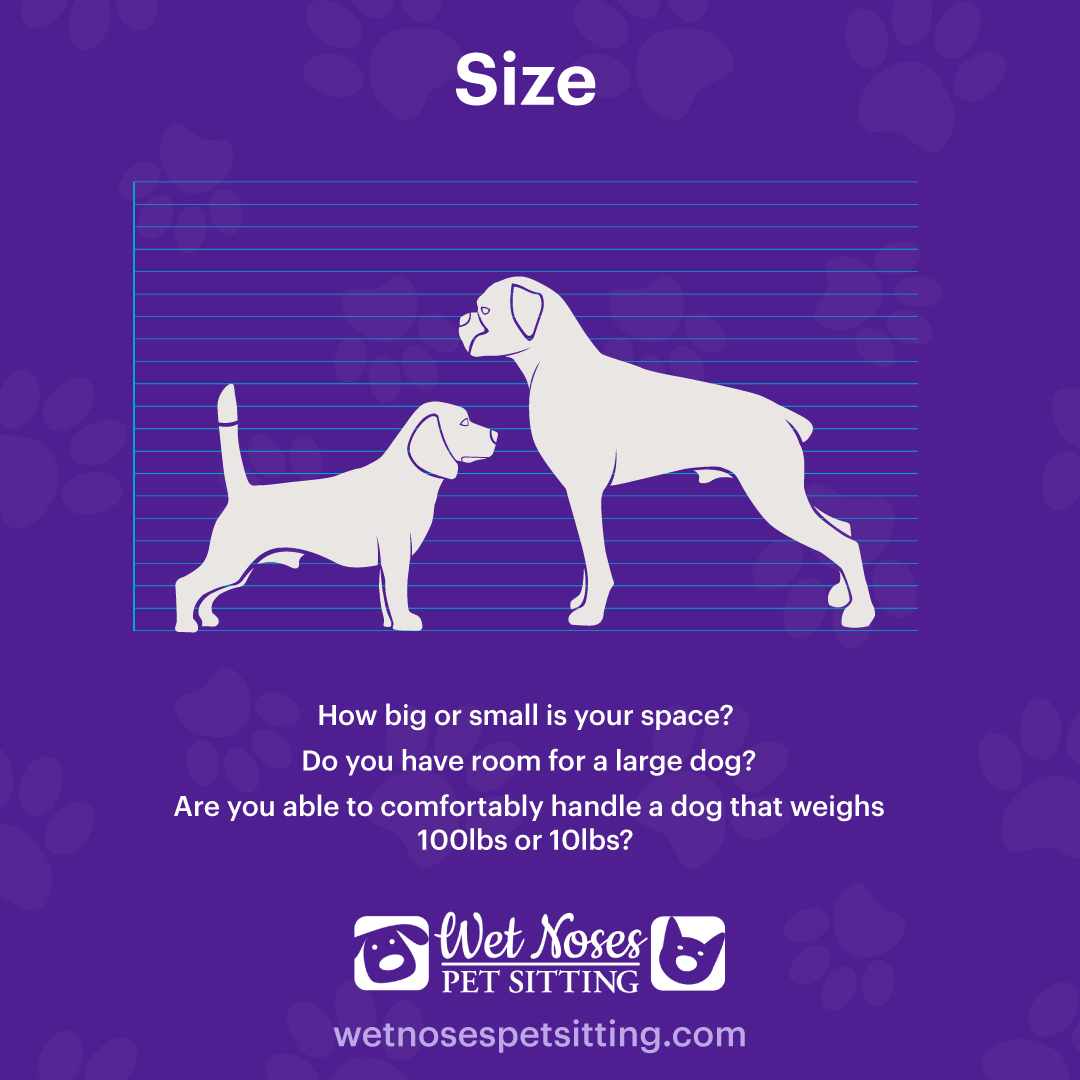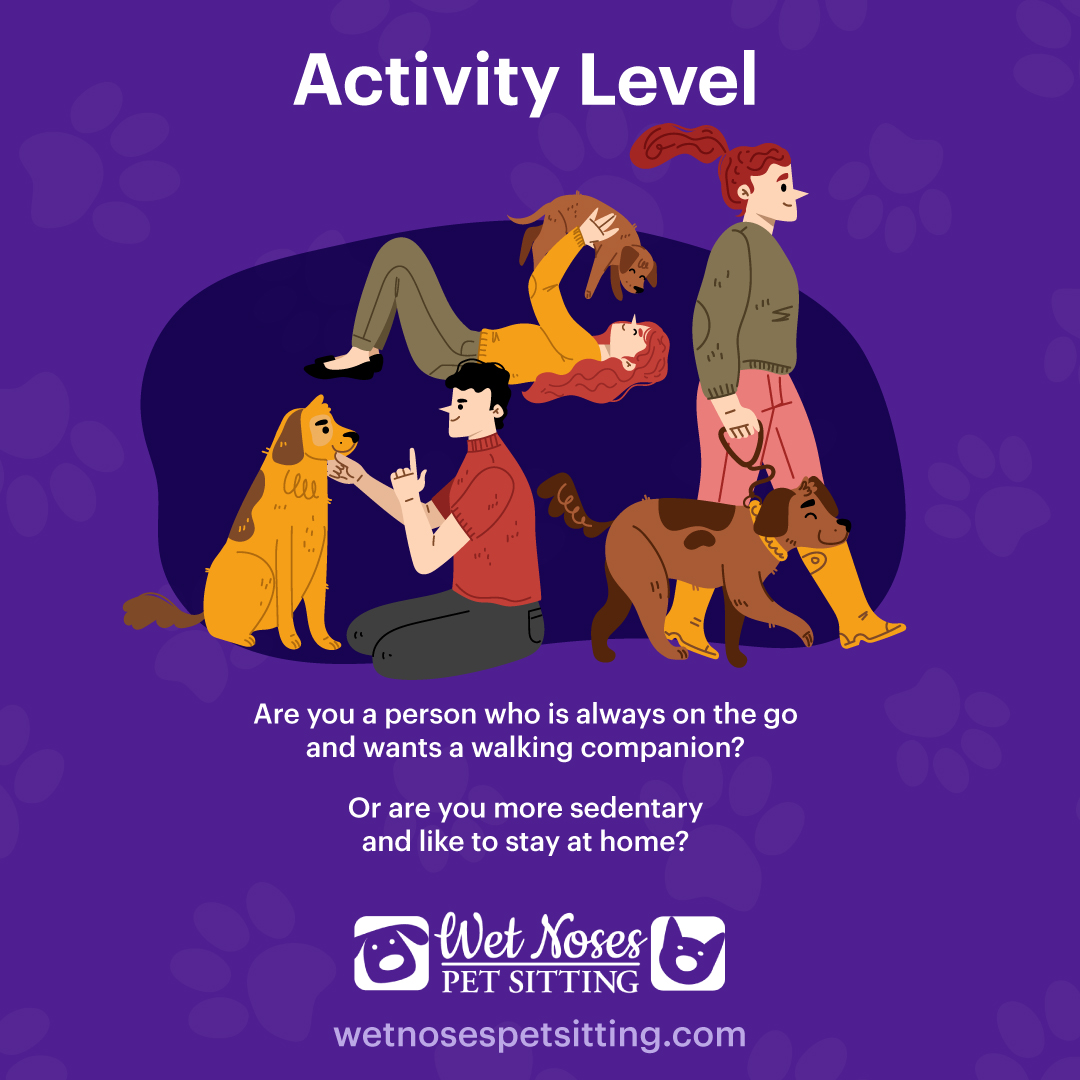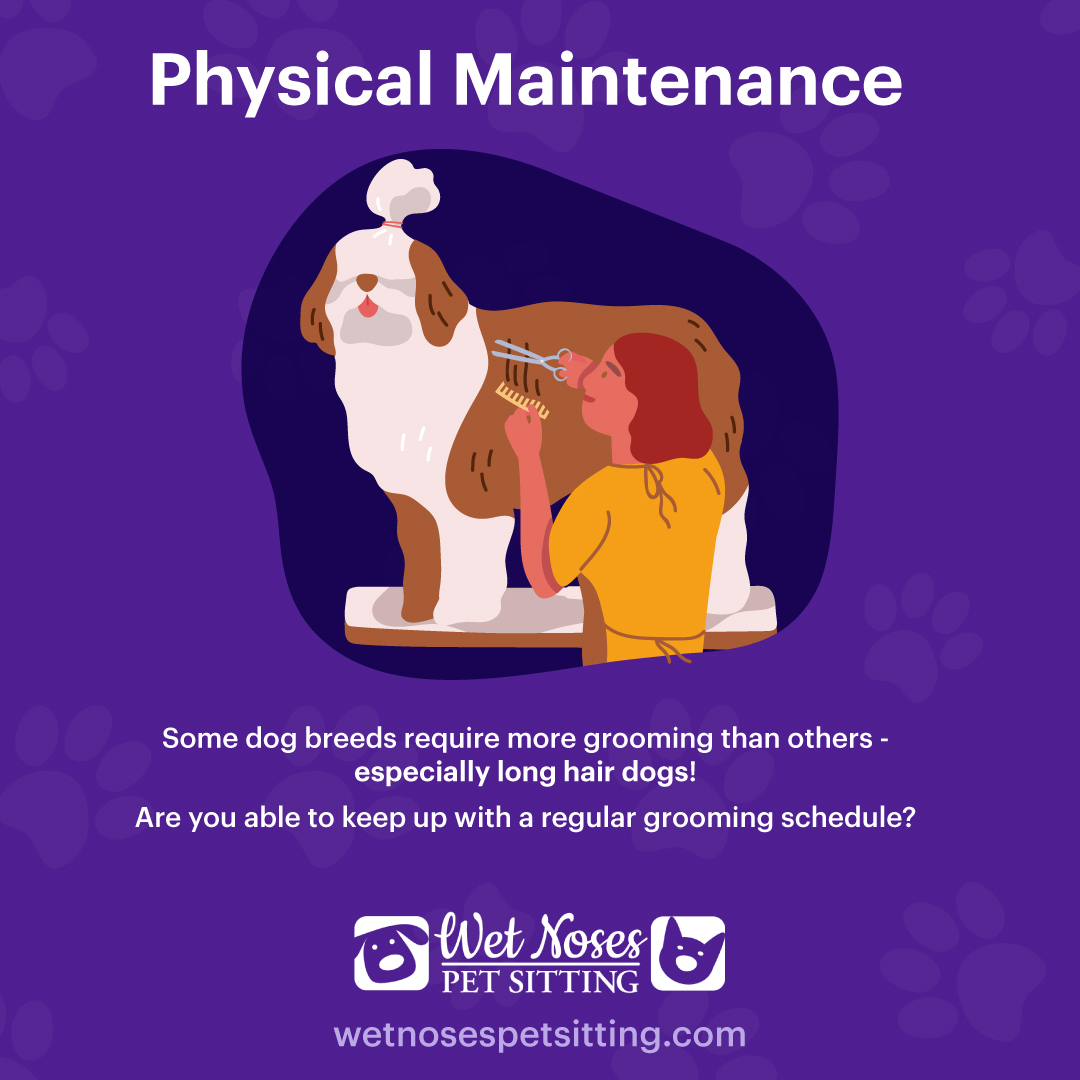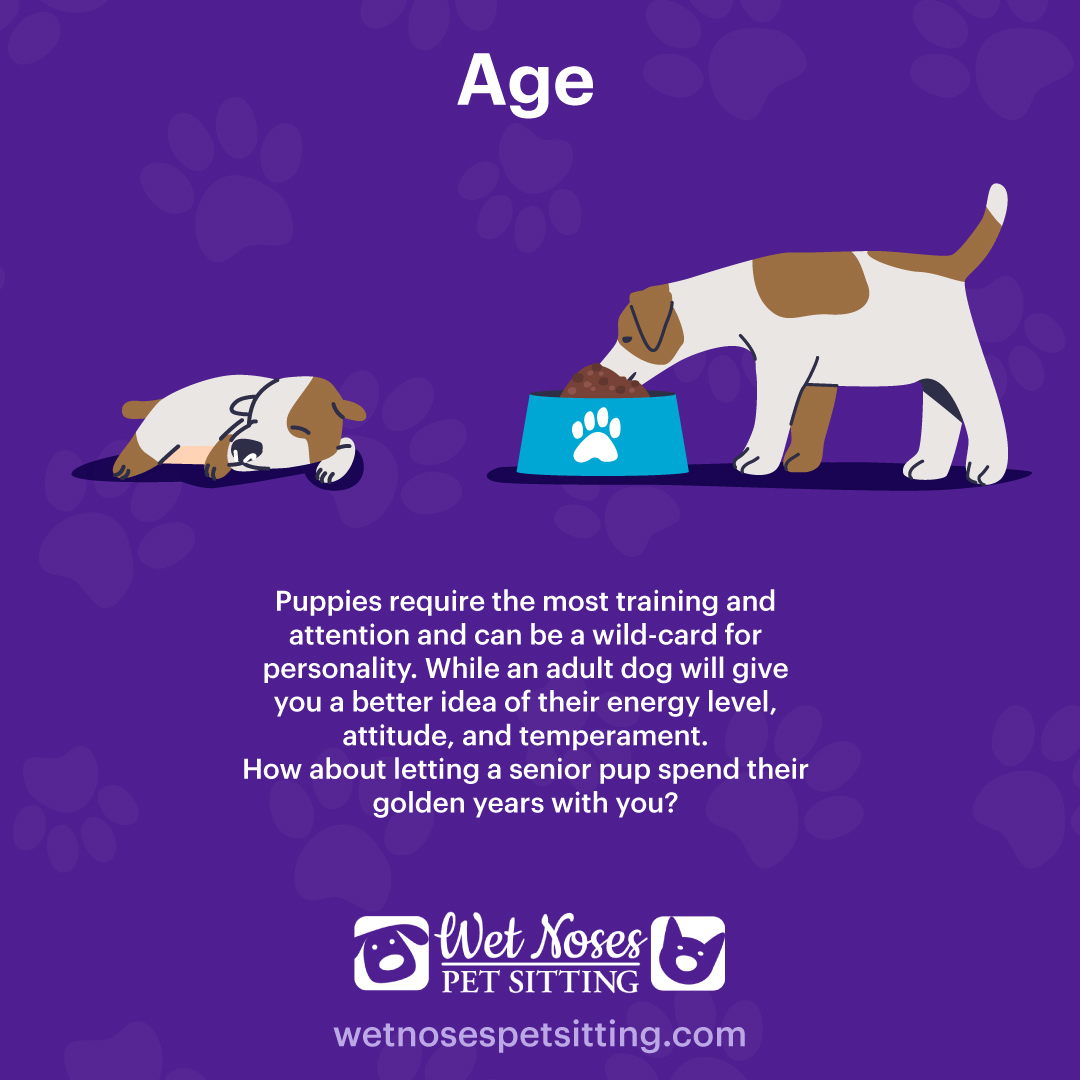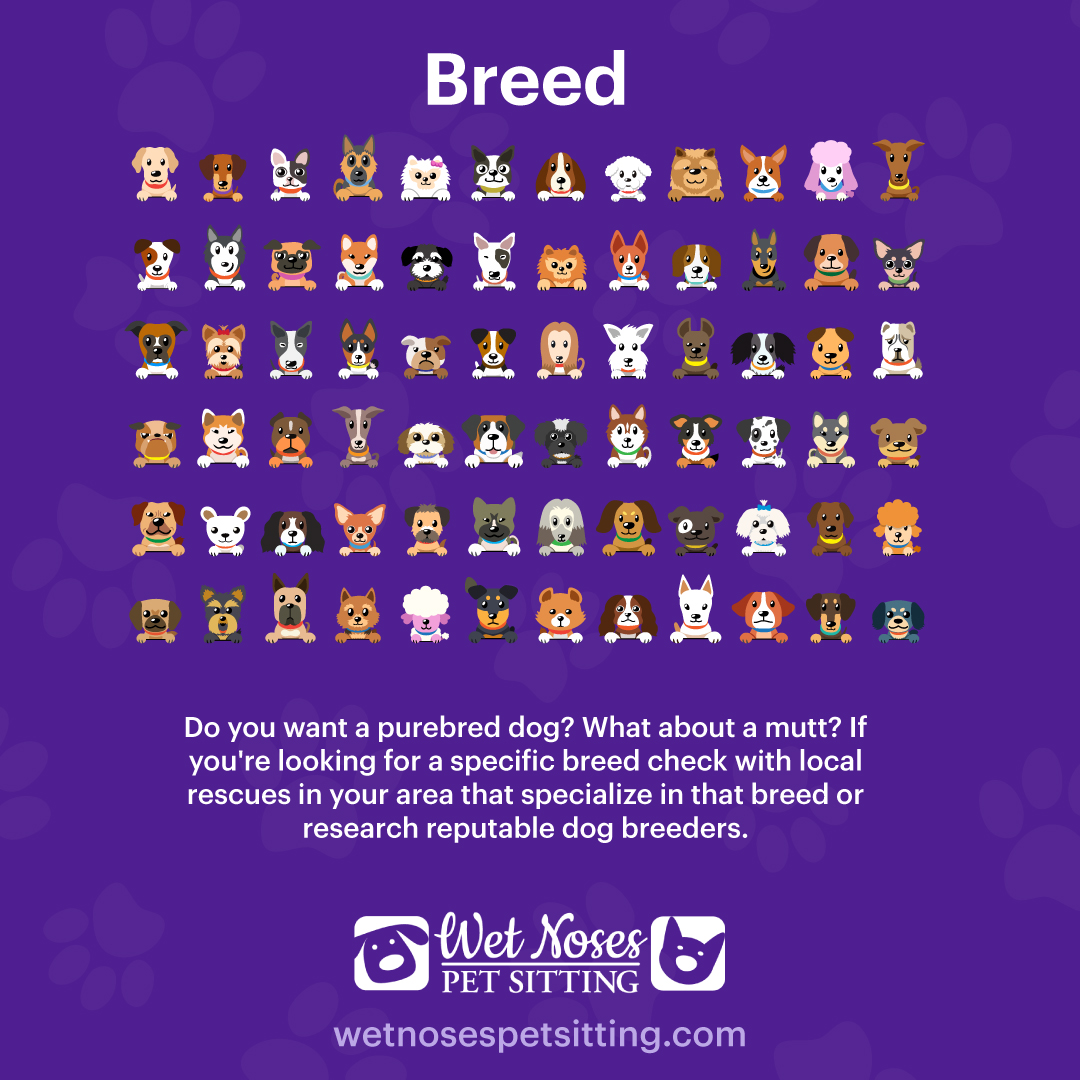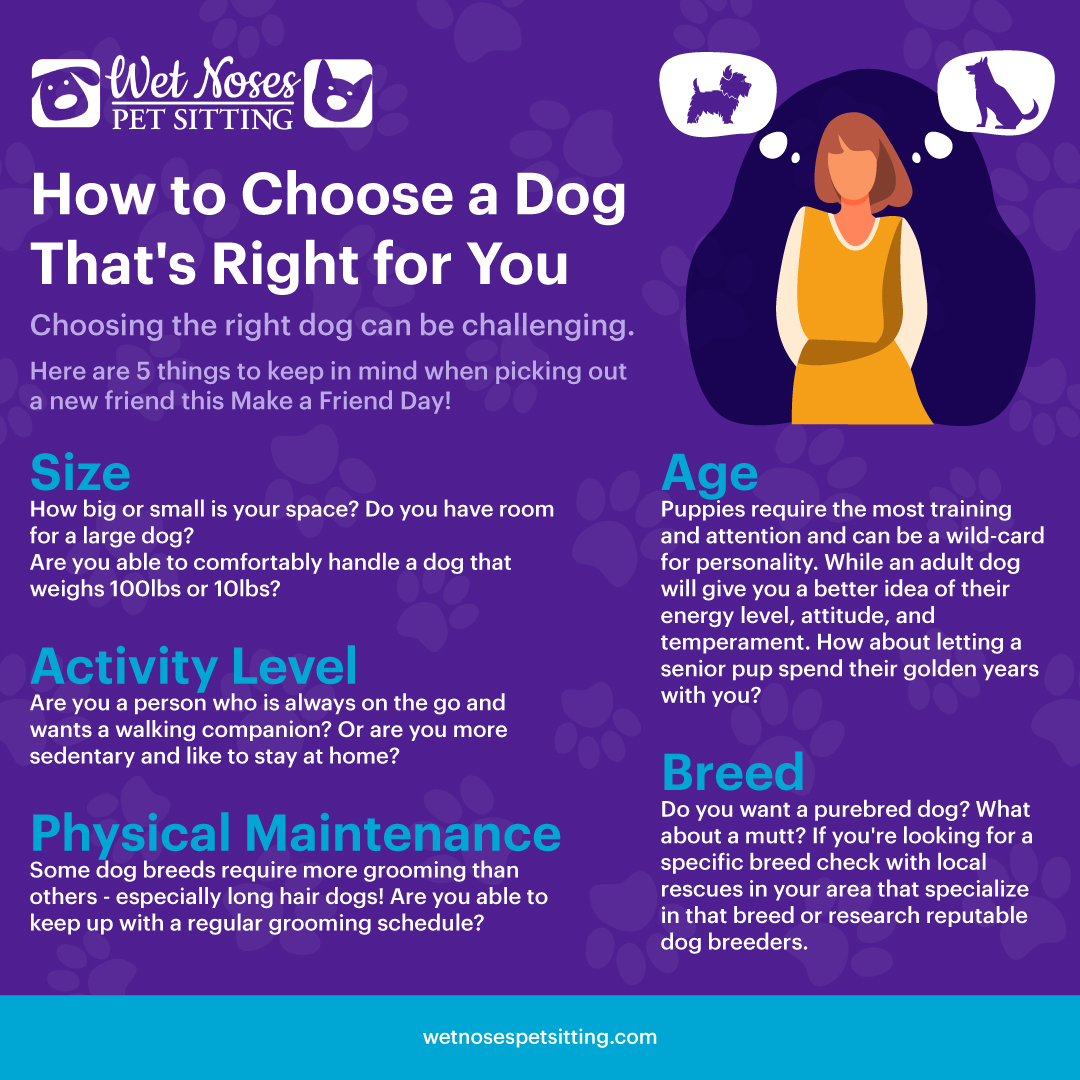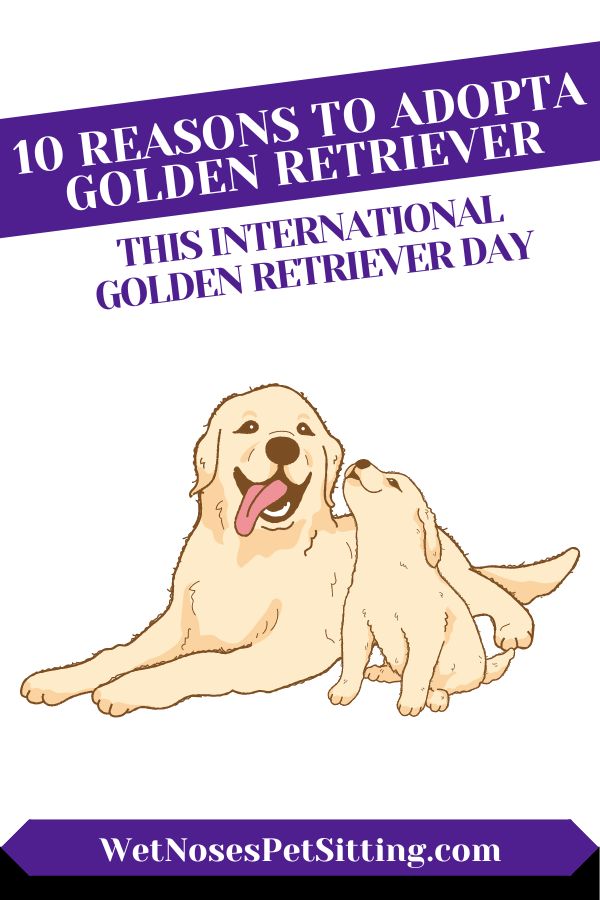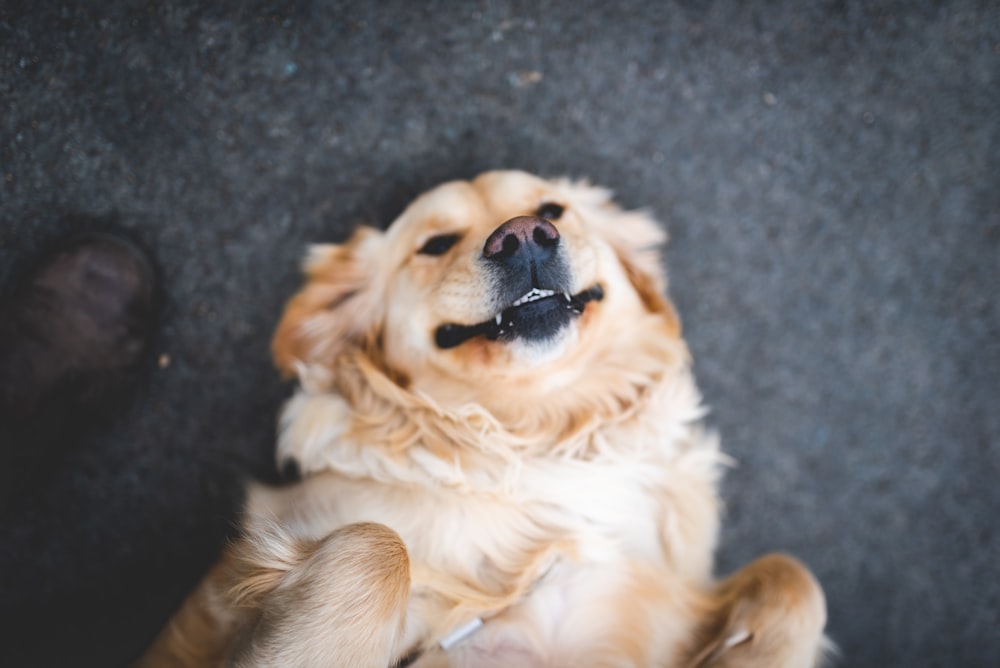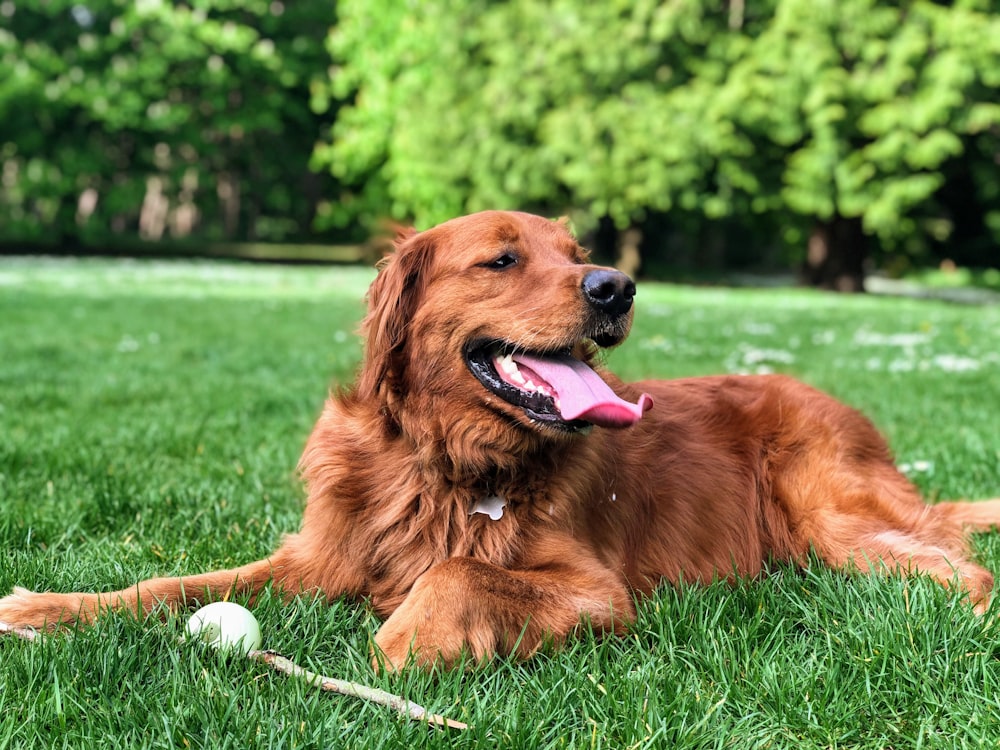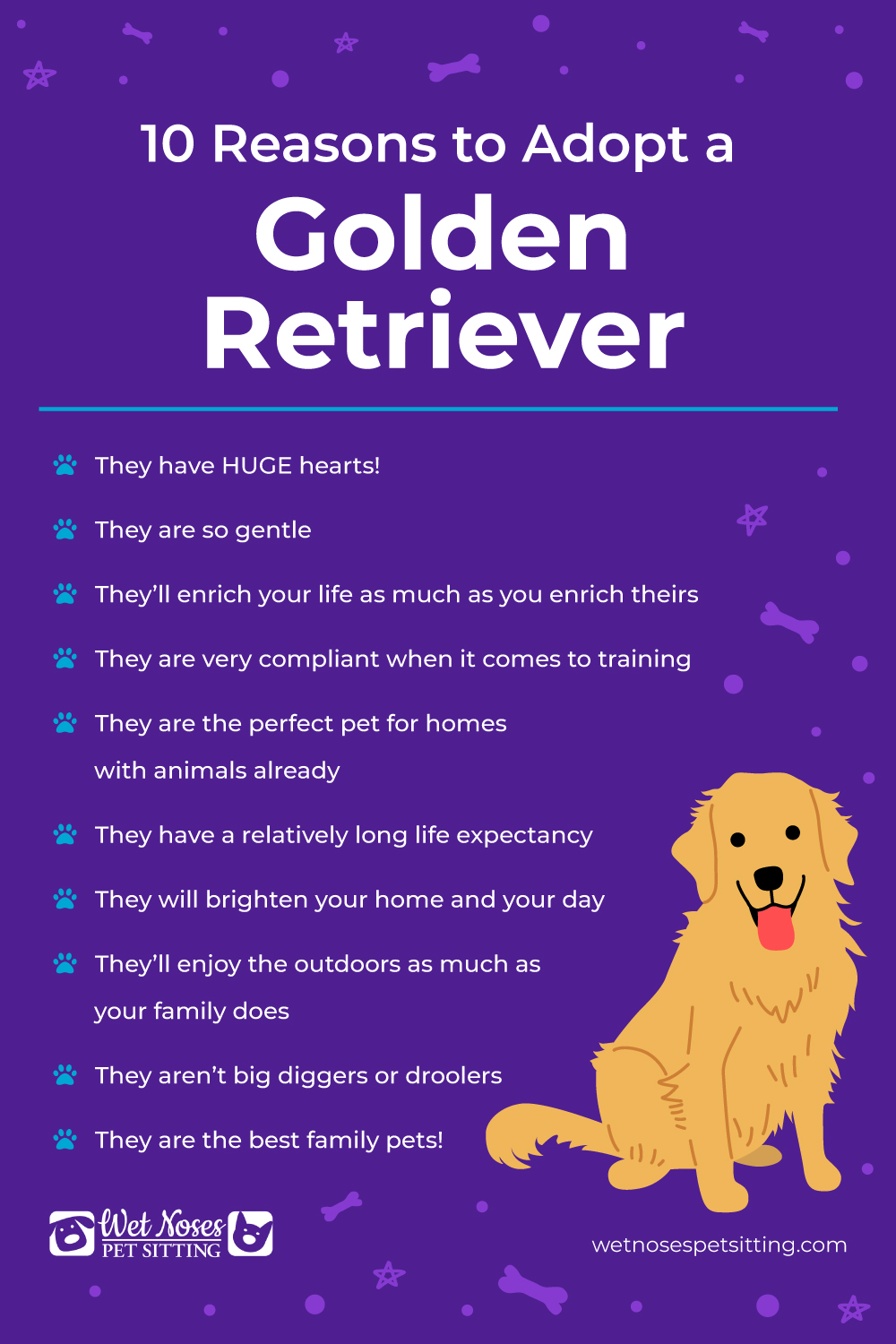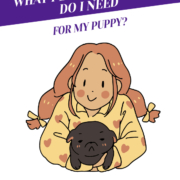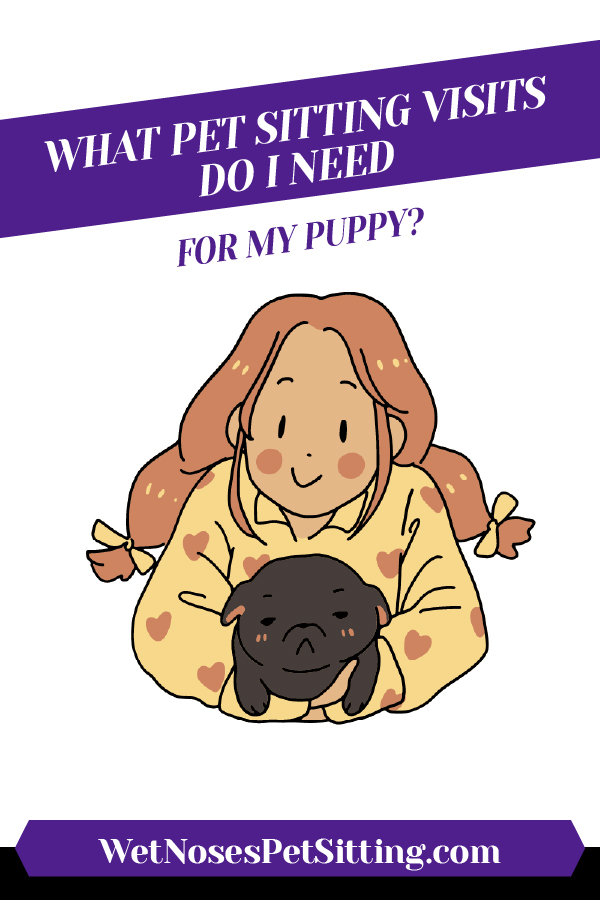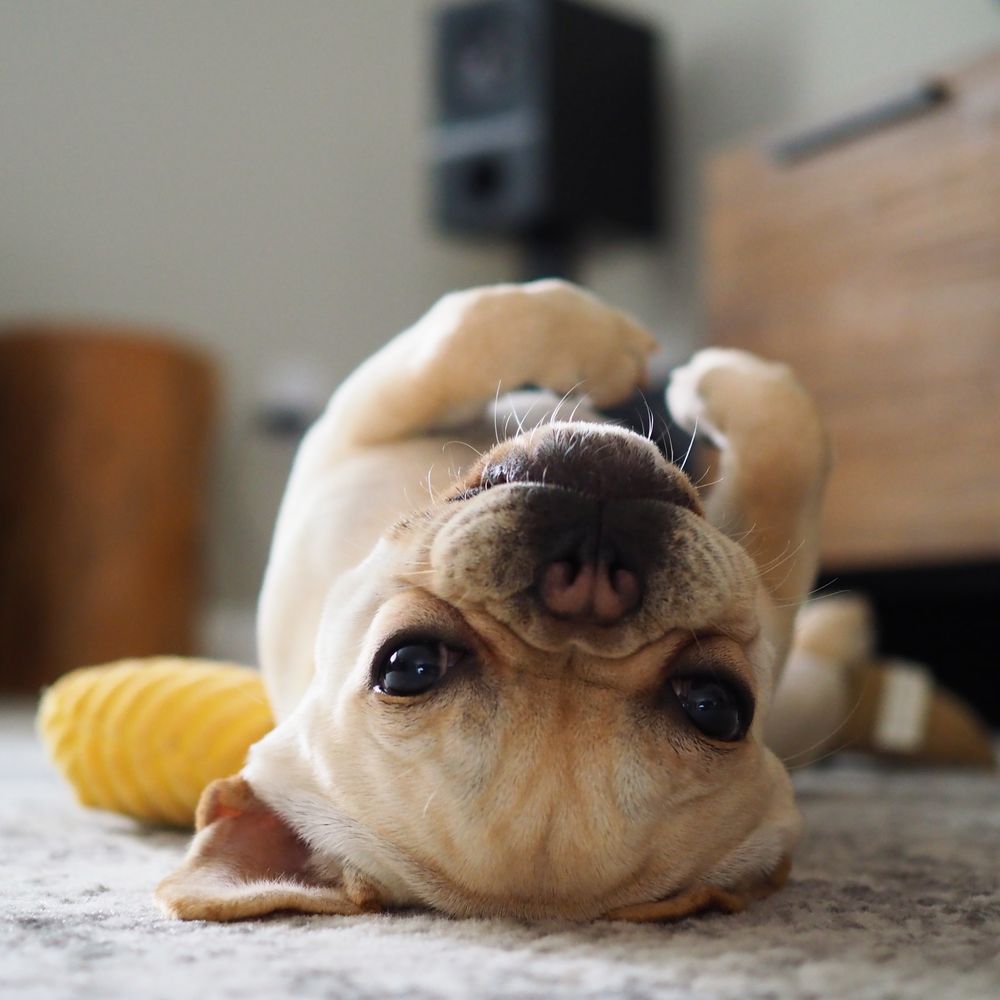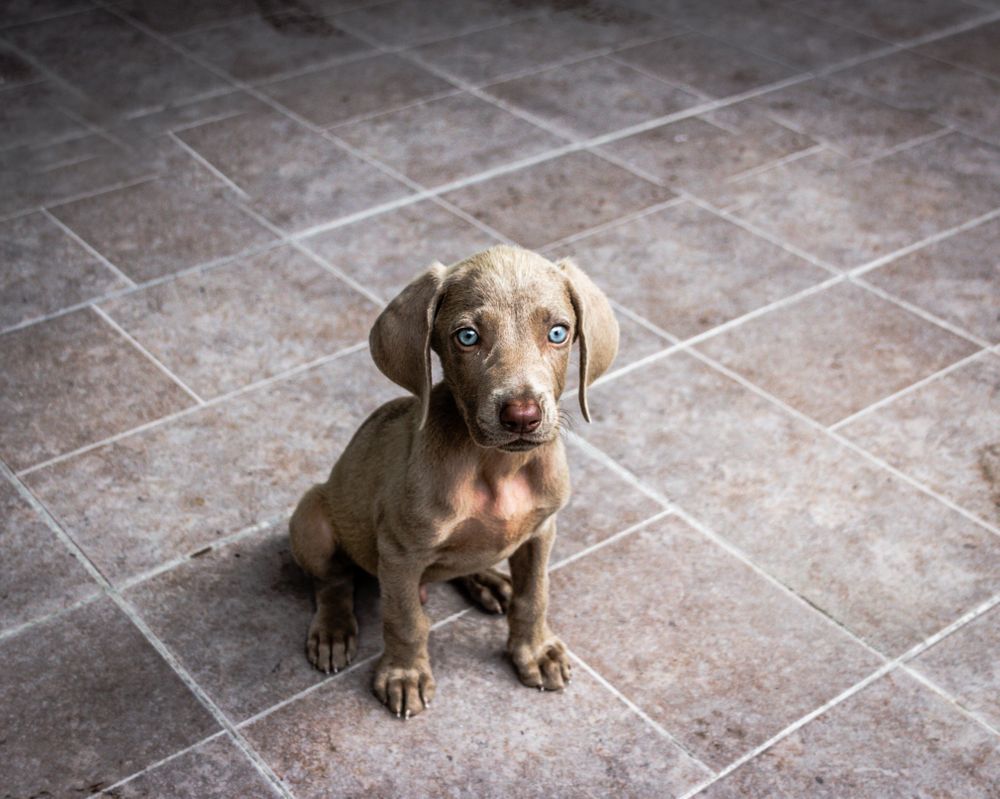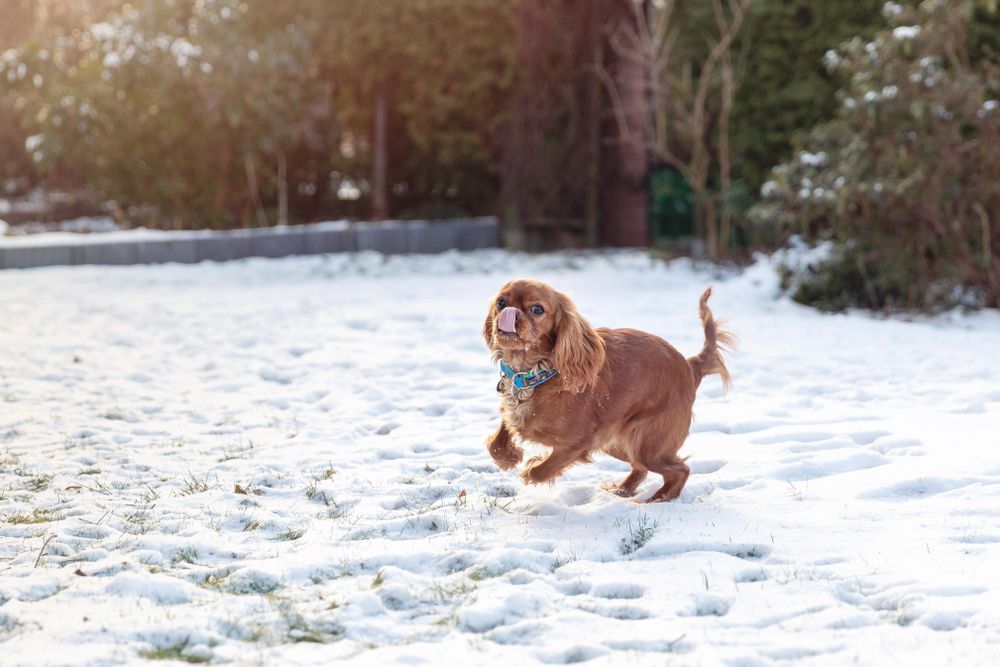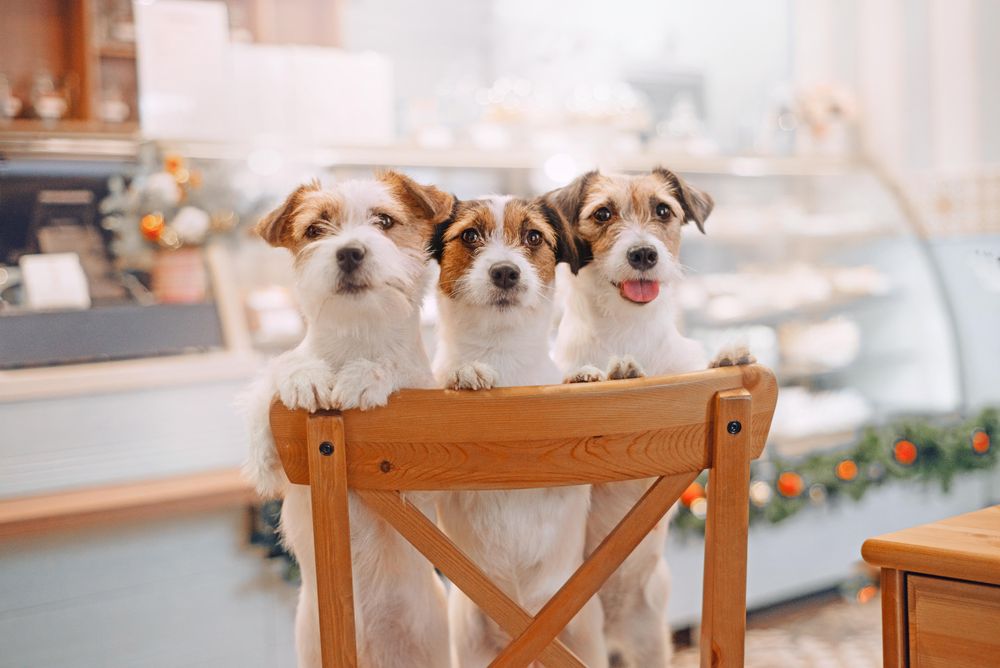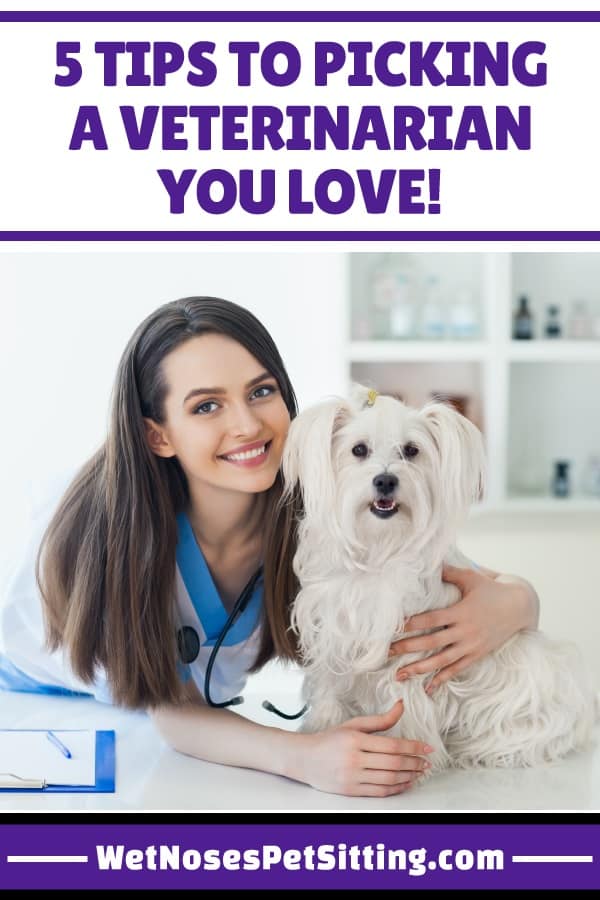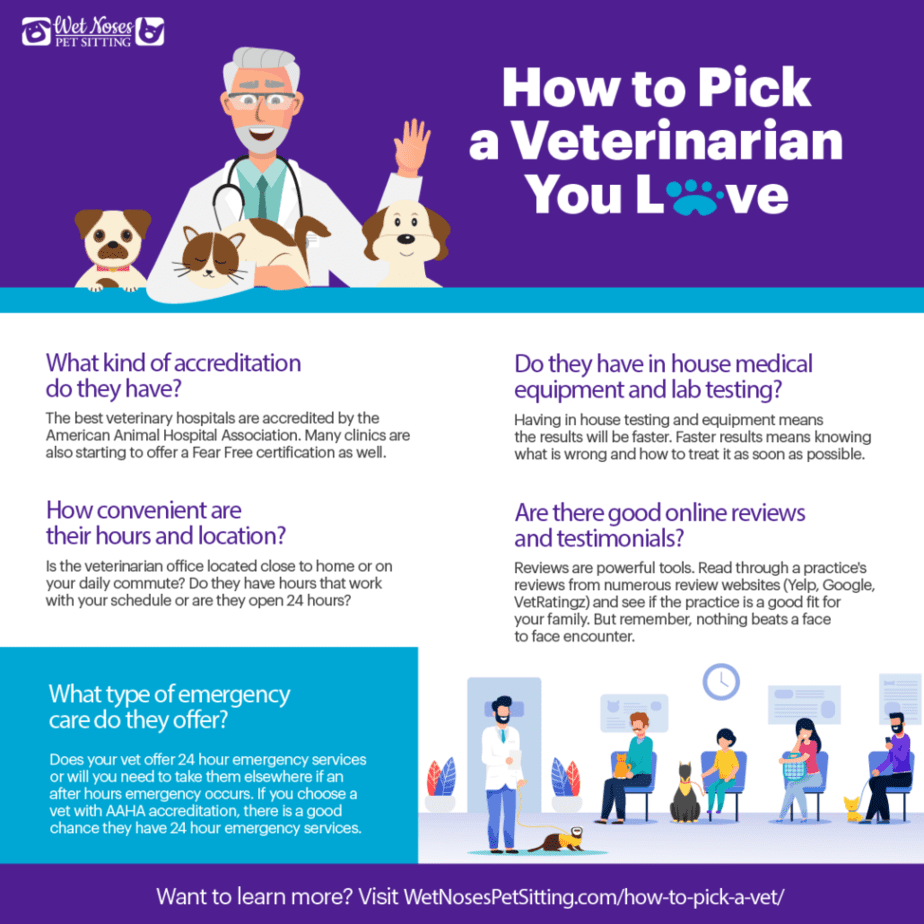Checklist Before Bringing a New Puppy Home
Checklist Before Bringing a New Puppy Home
Since March 23rd is National Puppy Day, here is a simple checklist to help you navigate bringing your puppy home!
1. Commitment
You are making a major commitment when getting a puppy. Puppies grow up, and most live 10-15 years. It’s important to consider the financial, emotional and physical responsibilities involved with bringing this new family member home.
2. Accidents
Puppies piddle . . . A LOT so be sure to invest in quality puppy pads to cover the area where you will be keeping your little furry friend. Don’t forget to get a quality scooper for the backyard as well. If you’re not prepared for a puppy to have an accident on your new carpet or nice hardwood then a puppy may not be right at this time.
3. Licenses
You’ll need to license your puppy within your town or county, just know that most wait until the puppy has received their rabies vaccination. The price varies if the dog is neutered/spayed or not. Most municipalities require a yearly fee after that.
Pet licenses are required in all areas of Larimer County. Yearly renewal may be needed depending on the type of animal and where you live. You can find more information specific to Larmier County and the areas Wet Noses Pet Sitting services (Berthoud & Windosr) on the Larimer Humane Society website.
4. Collars & Harness
Collars are another expense you’ll have, several in fact. You will need to fit new collars correctly until your puppy is fully grown. Now is also the time to decide on a harness and/or a gentle leader head halter remembering to size them as they grow. Complete everything with a sturdy leash.
We do not recommend using retractable leashes. These types of leashes are often thinner, which means they can snap. It also does not help reinforce how far your dog is allowed to stray from you when walking as the distance changes.
Recommended harnesses:
– Ruffwear
Make sure to also get tags made for your puppy! We recommend including your pets name, your name, and a contact number. Most people will not bring your dog to you. Plus if your dog is large, people will know that your large dog is not at home. While rare, this can pose a safety risk.
5. Crate Training
Crates are an excellent way to help your puppy feel safe when you are out of the home.
Fitting your puppy with the correct size crate is paramount. Your new puppy will need room to stand and be able to turn around and lie down comfortably. Also consider the adult size your puppy will be growing into when purchasing your crate. If you’re worried about the crate being too big, most crates come with dividers to make it smaller.
I personally have an extra-large Midwest Pet Product crate for my cat when he was recovering from surgery. It might seem quite silly to get such a large crate for such a small puppy (or cat!) but once you add in bedding, toys, and any other comfort items – plus a growing puppy, that extra-large crate will start to seem smaller than it used to be.
6. Puppy Gate
You’ll want to invest in a sturdy puppy gate to contain your puppy in a particular room or area until all their training is done. Limiting the puppies roaming area will aid in their training. Be sure to find an area that you can dedicate to your puppy throughout the next few months/years.
7. Water & Food Bowls
Water and food bowls should be heavy enough that a puppy cannot tip them over. Sturdy ceramic or solid stainless steel are ideal as they non-porous and less susceptible to bacteria growth compared to plastic.
Be sure to have another water bowl out in the yard for easy access. Make sure to change this bowl daily, or multiple times per day. Standing water is ideal for mosquitos to breed in. Water bowls outside also become dirtier quicker than bowls inside.
8. Toys, Toys, and More Toys
Puppy toys are a great way to use up all that energy, but be sure that they are appropriate for the age of your puppy. Puppies, like toddlers, put everything in their mouth! Make sure that the toys are safe and are made specifically for puppies. Nina Ottosson has some puppy-friendly puzzle toys we recommend. These toys can be purchased at many retailers.
9. Bedding
Providing a soft bed in your puppies crate/kennel is important to support growing bones and ligaments. Also having another bed in a safe, quiet place in your living room is a great idea when you have them out with you on their supervised visits.
10. Veterinary Care
Finding a veterinarian that you feel comfortable with and trust is vitally important. This relationship will continue throughout the puppies life through yearly exams and vaccinations. If you do not adopt your puppy from a shelter, you will need a veterinarian to microchip your pet. Microchips might seem excessive if your pet already has an ID tag but collars can fall off and tags can get worn away.
11. Dog Training
Consider a dog trainer. Most dogs are surrendered between the ages of 5 months and 3 years. Investing in a qualified trainer who has the knowledge to teach you and your puppy how what is expected of him, can set you both up for success.
12. Pet Sitter
Finally, think about how much time your puppy will be home alone. Puppies need a lot of socialization as well as extra feeding and potty time. Finding a bonded qualified pet sitter is an optimal solution to this issue. Wet Noses Pet Sitting have trained and bonded pet sitters certified in pet CPR ready to help you with your new puppy!
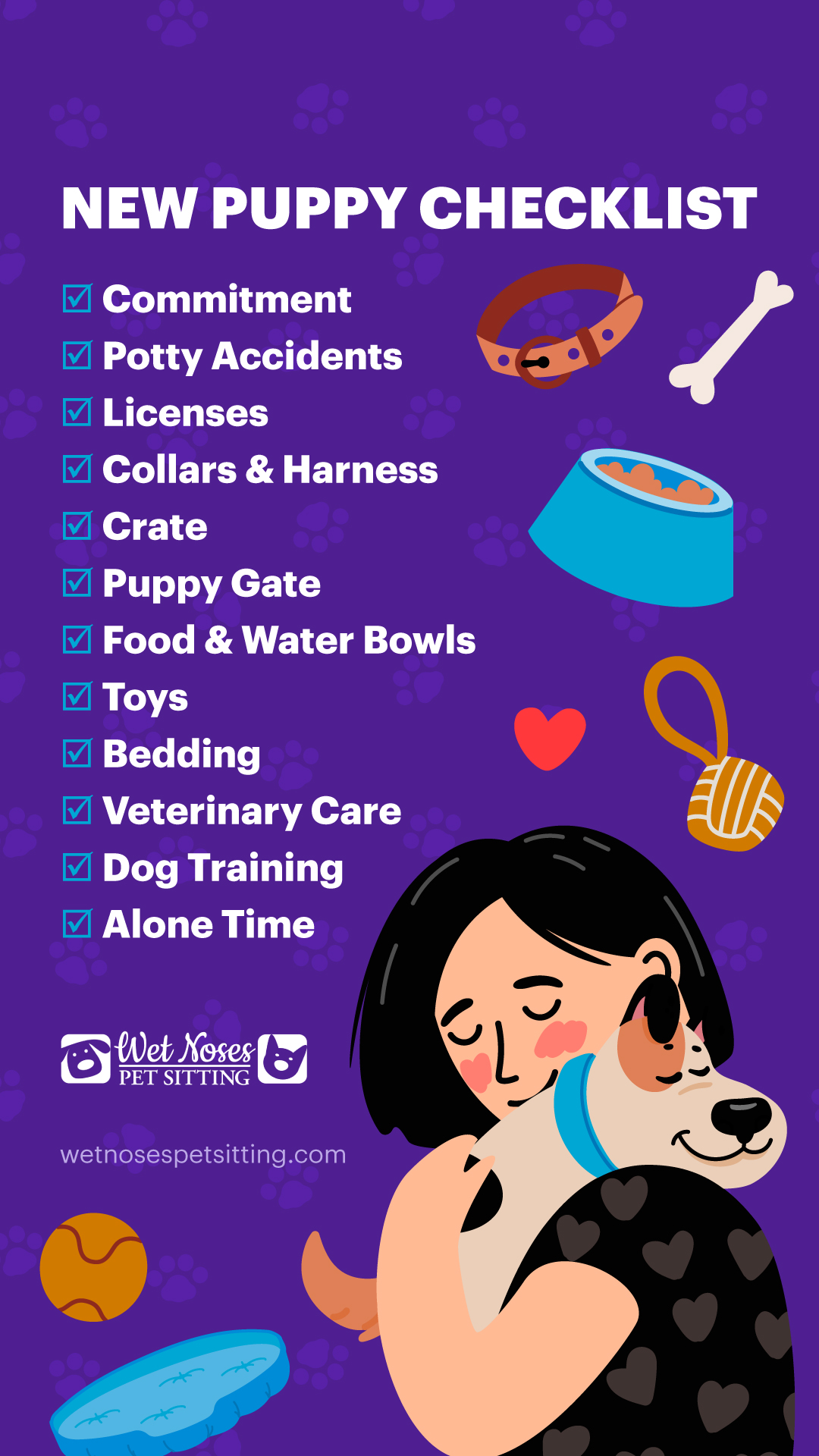
Thinking through this checklist is a great start to providing your puppy with everything they need. Supplying well timed visits and walks with a pet sitter will ensure that he or she is mentally and physically fulfilled. The end result is a happier, more well adjusted puppy that will bring you and your family endless joy and happiness for many years to come!

